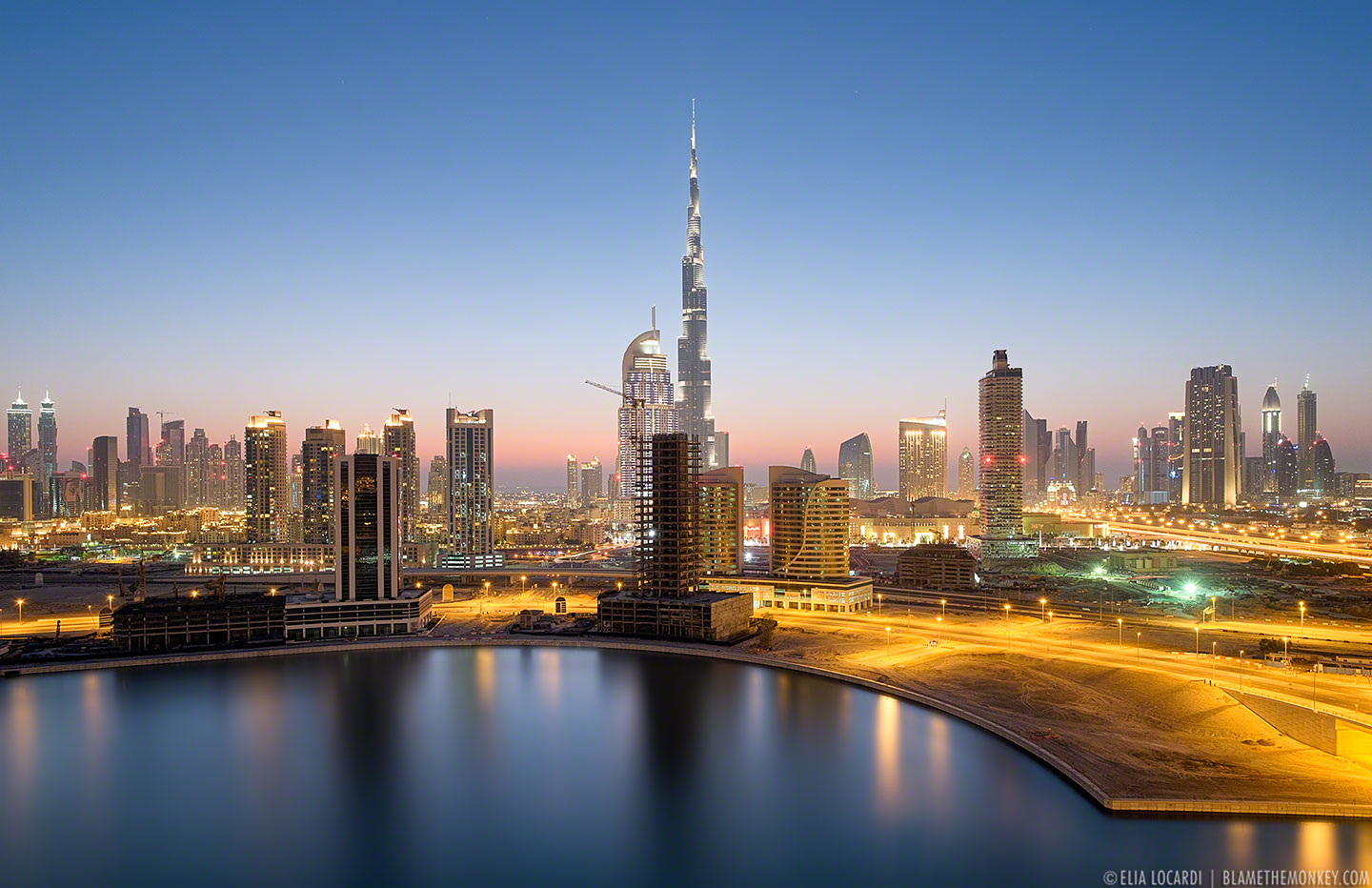Afro-Ecuadoreans Maintain Identity Through Spiritual Practices
As a teenager growing up in Ecuador, Johis Alarcón was mesmerized by hip-hop culture. As a visual person, she took up cans of spray paint and started doing graffiti. And the music she and her friends listened to had an urgent beat that piqued their curiosity.
“What are the roots?” she asked. “We reached the conclusion it was from Africa and was a form of spirituality. I started from there and I started to look at understanding African spirituality and how it reached Ecuador.”

Rhythms — as vital to sustaining culture as a heartbeat is — were not the only tradition spread by enslaved Africans brought to the Western Hemisphere centuries ago. So, too, was their religion, in which the various orishas — deities — were hidden in plain sight when syncretized with Roman Catholic saints. Ms. Alarcón, who was raised with traditions from the indigenous Andean faith, began to explore Ecuador’s African diaspora, including the lives of her Afro-Ecuadorean friends.
Her resulting project, “Cimarróna,” is an intimate look at not just the indelible influence of African culture, but also and more importantly at how the descendants of enslaved women maintained their identity and dignity through their spiritual practices. The title refers to enslaved people who threw off their shackles and escaped to freedom.
“The practices never disappeared,” said Ms. Alarcón, 26, who lives in Quito. “This is about black liberation. The idea is when the slaves were taken from Africa, their ancestors and orishas came with them.”
Various Afro-Ecuadorean communities account for about 10 percent of the country’s population, Ms. Alarcón said, and they descended from enslaved people who were brought there to do backbreaking work in mines and cotton and sugar cane fields. Some escaped, she added, finding refuge in areas difficult to reach where they could practice their traditions openly.
Others, she said, were forced into labor replacing indigenous people who had died from yellow fever. But some women among them found paths to freedom, hiding messages in the pleats of their skirts or even in their braids.
Centuries later, descendants of these women have reconnected to their roots through the traditions of their faith, which has also been blended with Catholic and indigenous traditions like spiritual cleansing and healing.
“African spirituality, apart from the rituals, is also part of daily life based on the family,” Ms. Alarcón said. “African cosmology and spirituality was fundamental to them staying together and free, including among those who migrated to the cities.”
Yet even for their descendants today, the strength of those bonds can be tested. Ms. Alarcón recalled one story of a friend who arrived at home to find her brother covered in talcum powder — his way, she said, of lightening his skin. Another friend remembered how when she was 9 years old, a teacher told her that her hair was “ugly” and should be straightened. They find a sense of self as they get older, wearing traditional styles and learning religious chants passed down through generations.
“This is a story about liberation,” Ms. Alarcón said. “Their only way to resist and stay connected is though these practices they have preserved for centuries. They want to get to know Mother Africa.”
Follow @nytimesphoto and @dgbxny on Twitter. You can also find us on Facebook and Instagram.























